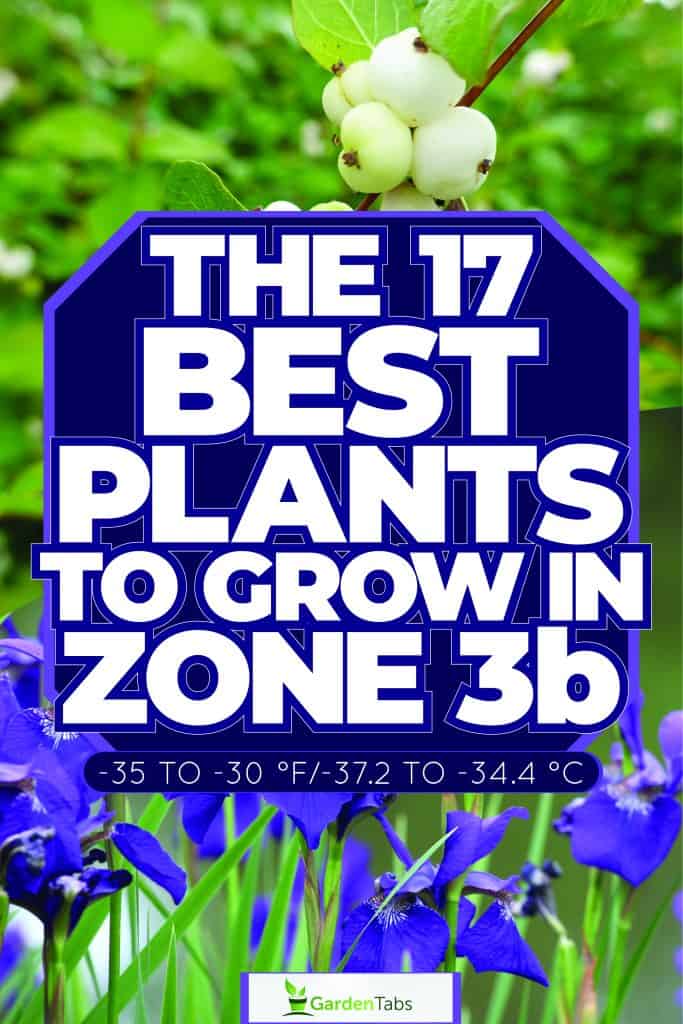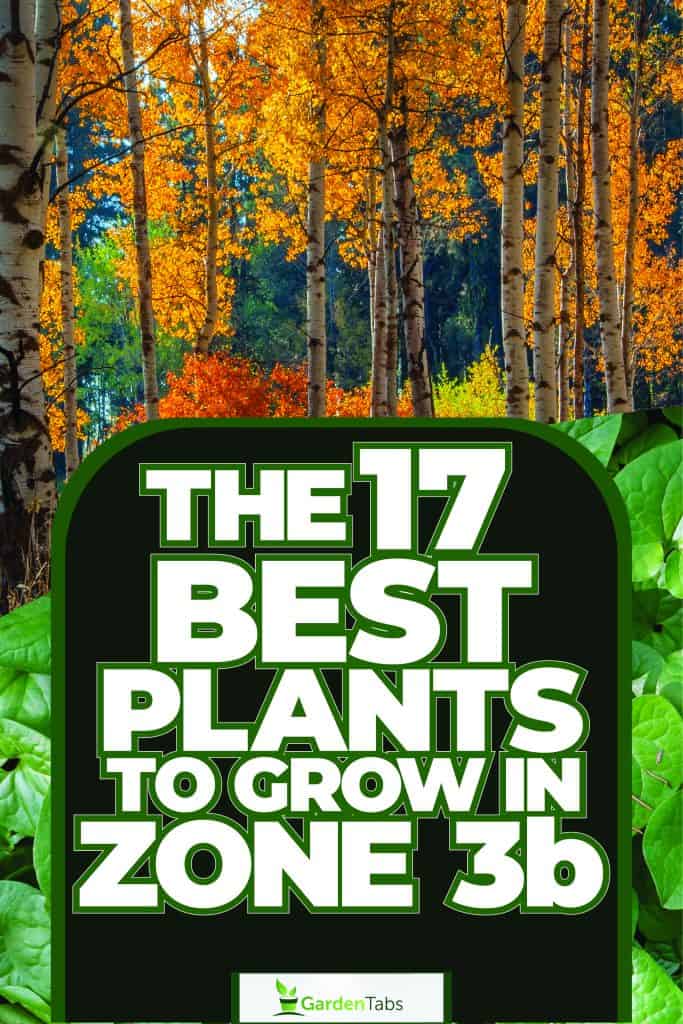Welcome to The Zone! This article is in the Garden Tabs Zone Series, where we look at all USDA Plant Hardiness Zones and recommend the top 17 plants for your region.
Zone 3b
In USDA Zone 3b, winter temperatures can plunge to lows between -35 to -30 °F (-37.2 to -34.4 °C).
This zone is observed Within the United States in northern parts of states like Minnesota, North Dakota, Montana, Wisconsin, and Maine.
Moving beyond the United States, Zone 3b spans significant sections of Canada, including regions within provinces like Manitoba, Ontario, Quebec, Newfoundland, and Labrador.
This zone touches upon the northern parts of countries like Norway, Sweden, and Finland in Europe.
Certain Siberia and other parts of Russia also fall within this zone.
The winters in Zone 3b are notably long and cold, while summers are shorter and range from cool to moderately warm.
The growing season is limited due to these conditions, requiring plants to be resilient against freezing and often harsh weather.

Here are 17 of the Best Plants to Grow in Zone 3b
1. Norway Spruce (Picea abies)
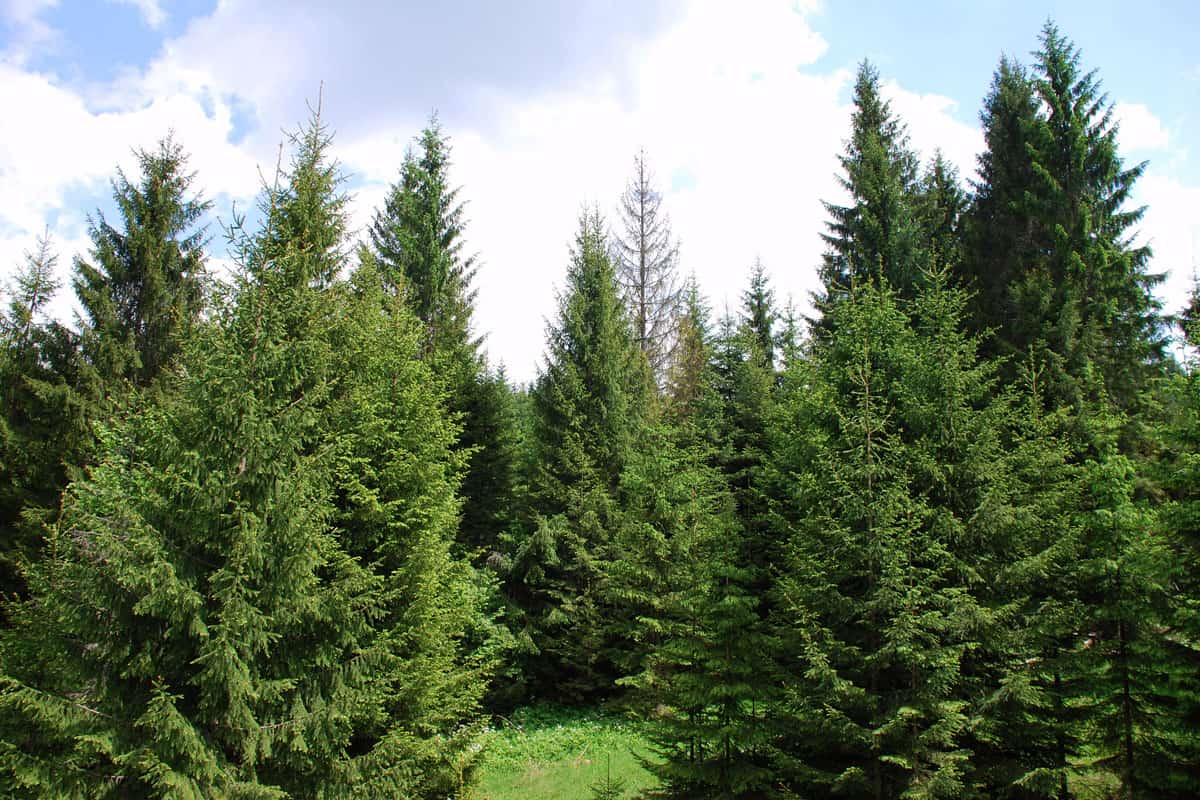
This evergreen tree can grow to an impressive 100 feet (30.5 meters) tall.
It's a hardy, fast-growing tree that thrives in various soil conditions and full sunlight.
2. Quaking Aspen (Populus tremuloides)
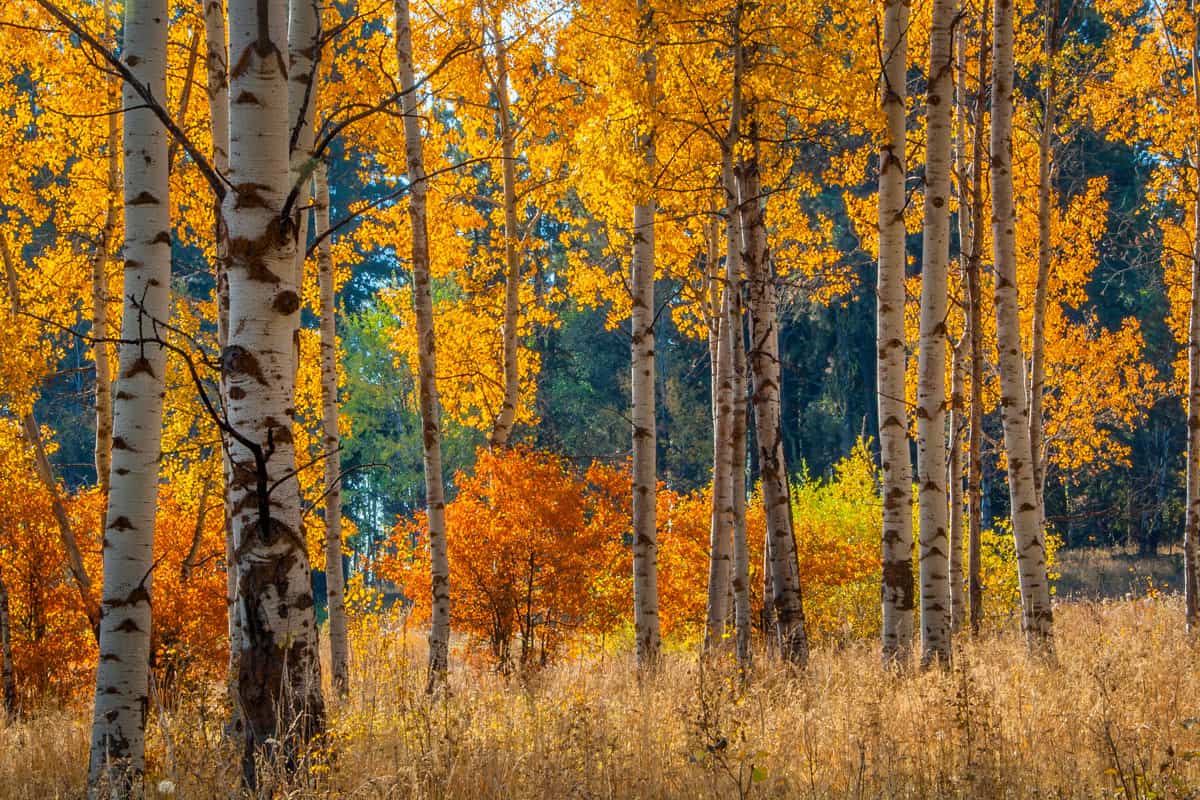
This deciduous tree, reaching up to 50 feet (15.2 meters) tall, is known for its vibrant yellow fall foliage and the unique fluttering of its leaves in the wind.
It prefers full sun and well-drained soil.
3. American Cranberrybush (Viburnum trilobum)
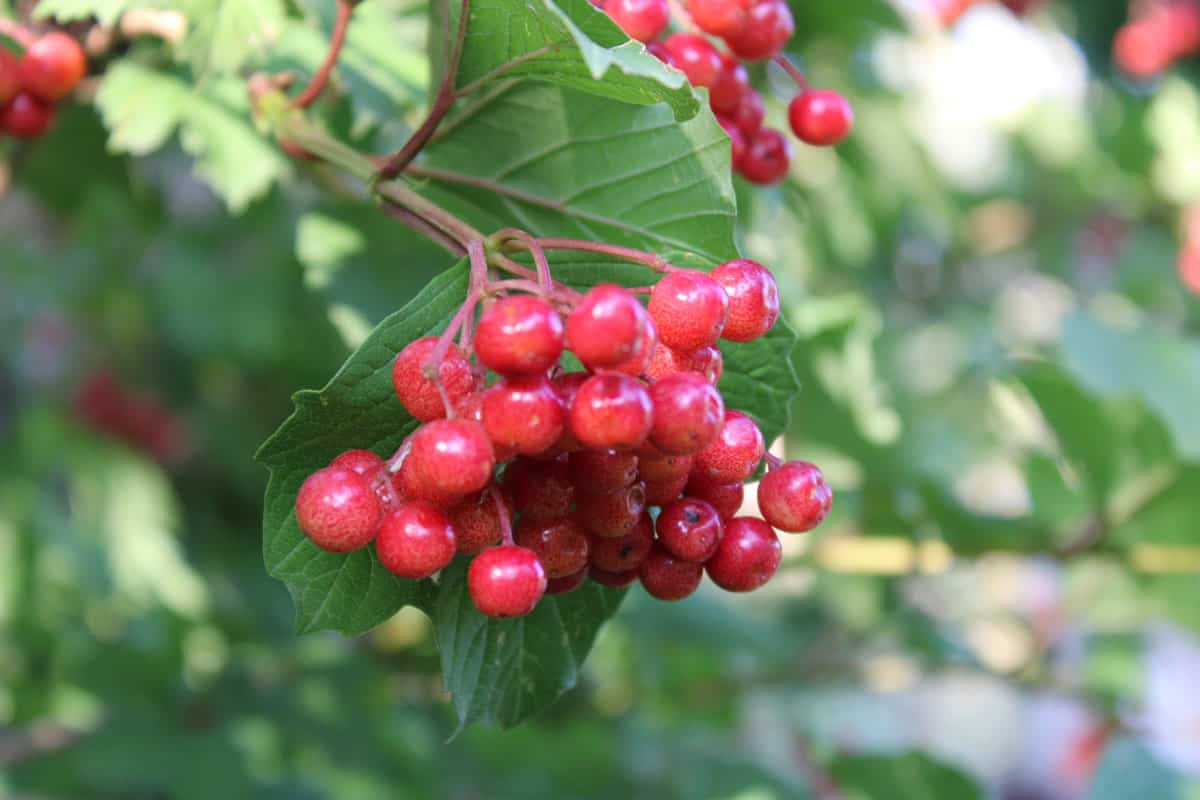
This deciduous shrub can grow up to 12 feet (3.7 meters) tall and produces white flowers in the spring and bright red berries in the fall.
It thrives in full sun to partial shade and a variety of soil types.
4. Snowberry (Symphoricarpos albus)
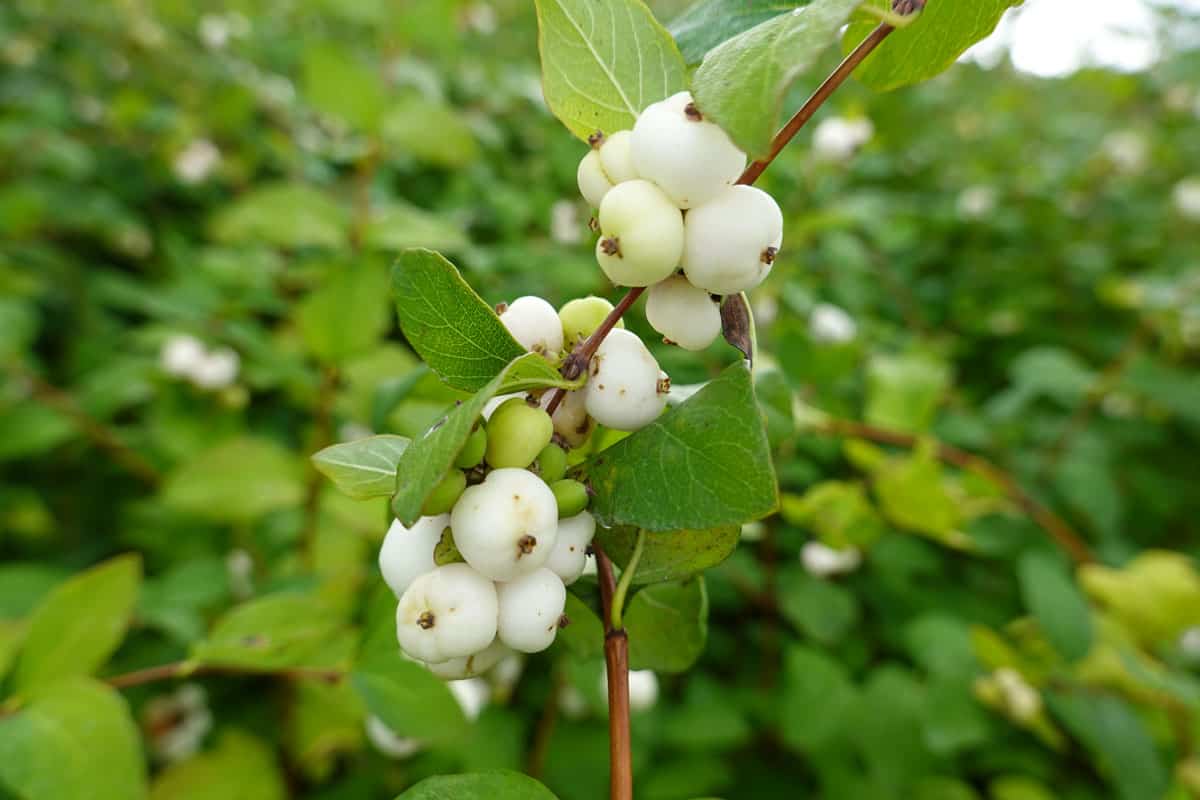
This is a hardy deciduous shrub that grows up to 6 feet (1.8 meters) tall.
It's known for its attractive white berries that persist into winter, providing bird food. It tolerates many soil conditions and prefers full sun to partial shade.
5. Creeping Phlox (Phlox stolonifera)
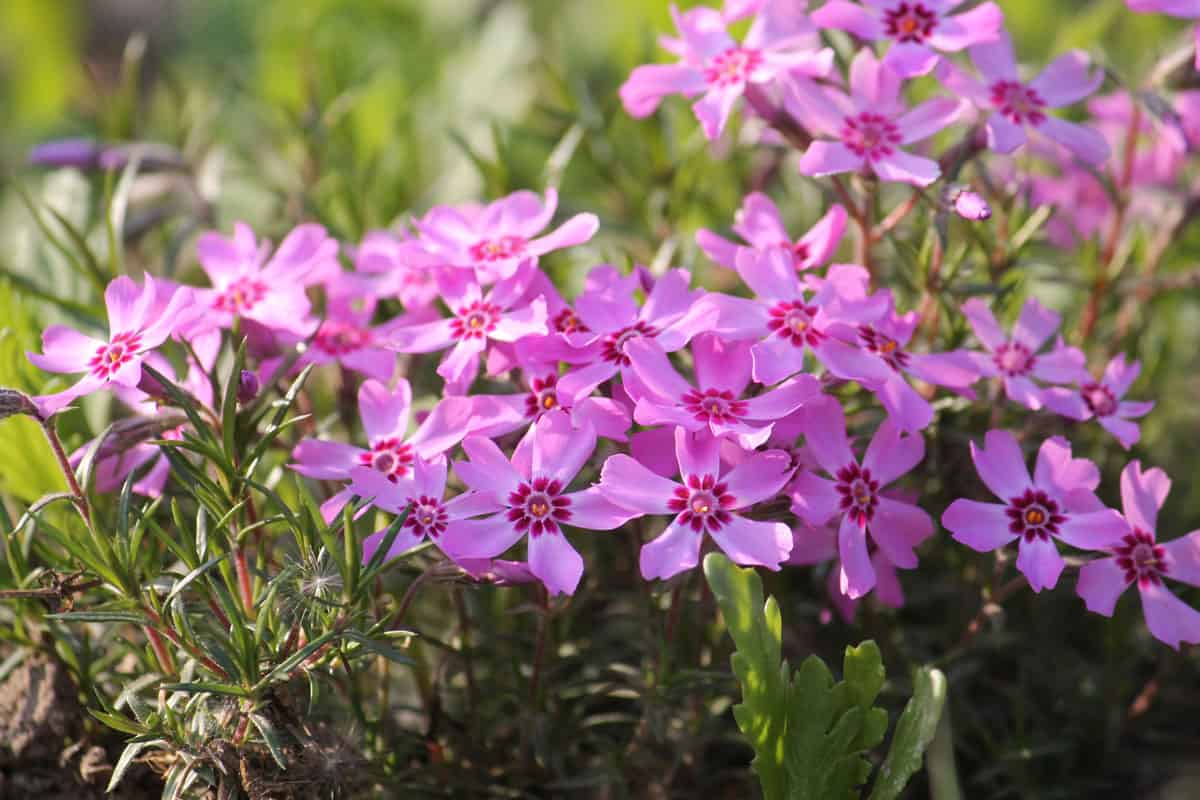
This perennial ground cover, reaching up to 1 foot (30.5 cm) tall, produces a carpet of colorful flowers in the spring.
It thrives in well-drained soil and full sun to partial shade.
6. Hosta (Hosta spp.)
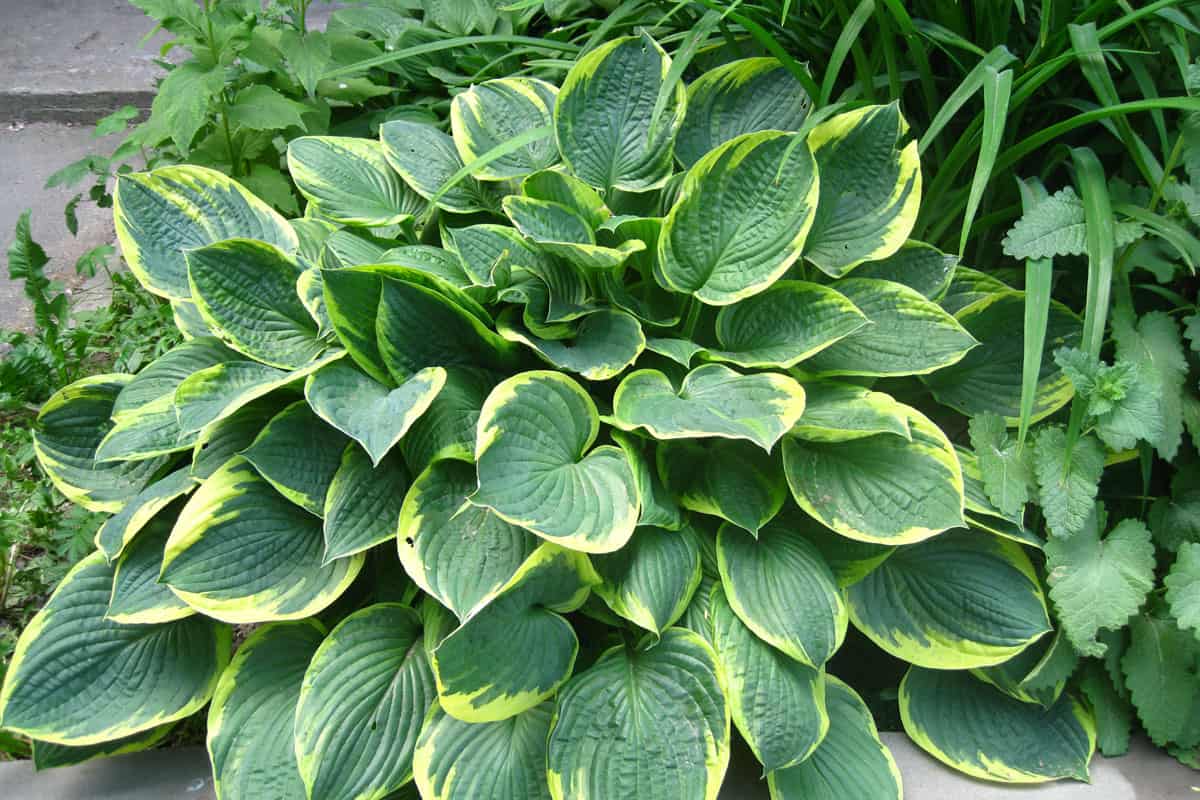
These popular perennials can grow up to 2 feet (61 cm) tall, depending on the variety.
They are loved for their lush foliage and thrive in partial to full shade.
7. Siberian Iris (Iris sibirica)

This hardy perennial, growing up to 3 feet (91.4 cm) tall, produces elegant, blue-violet flowers in late spring.
It prefers full sun to partial shade and moist, well-drained soil.
8. Peony (Paeonia spp.)
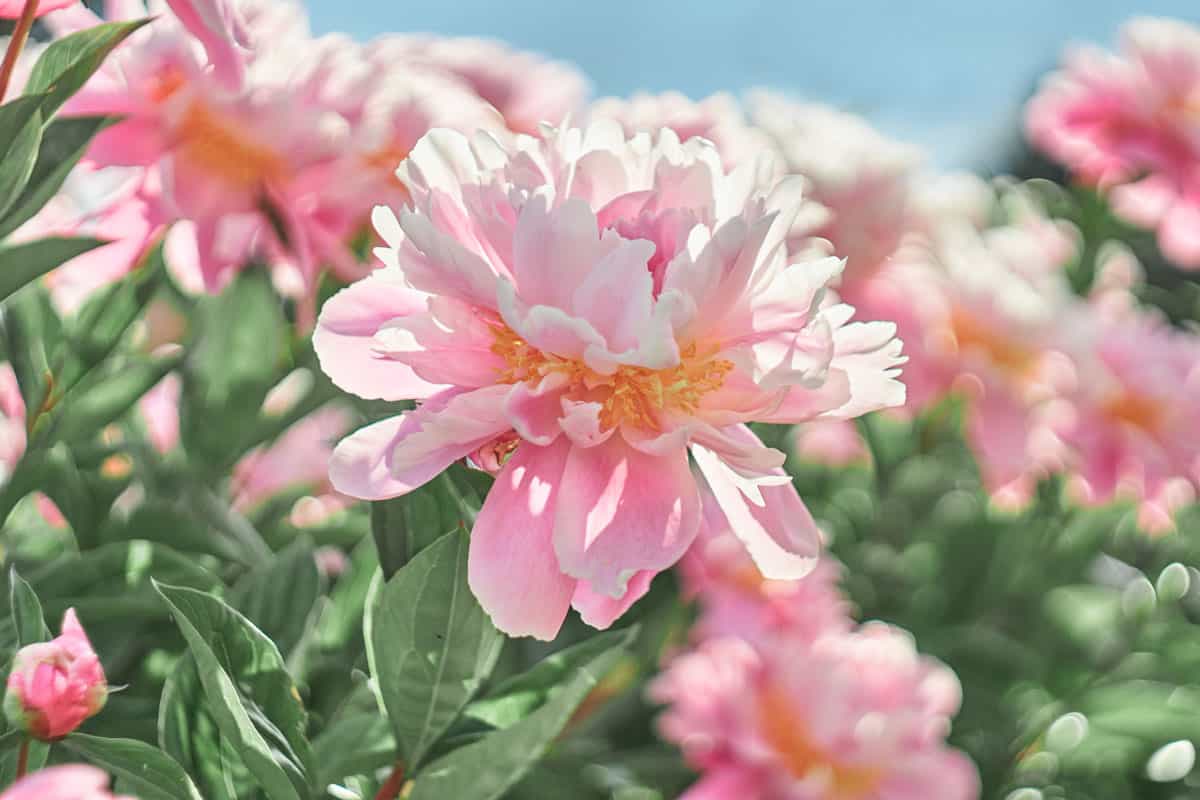
These perennials, reaching up to 3 feet (91.4 cm) tall, are known for their fragrant, showy flowers that bloom in late spring to early summer.
They thrive in full sun and well-drained soil.
9. Daylily (Hemerocallis spp.)

This perennial plant, growing up to 4 feet (1.2 meters) tall, produces a profusion of flowers in various colors throughout the summer.
Daylilies prefer full sun to partial shade and well-drained soil.
10. Lupine (Lupinus spp.)

This perennial, reaching up to 4 feet (1.2 meters) tall, produces tall spikes of colorful flowers in late spring to early summer.
It thrives in well-drained, slightly acidic soil and full sun to partial shade.
11. Bleeding Heart (Dicentra spectabilis)
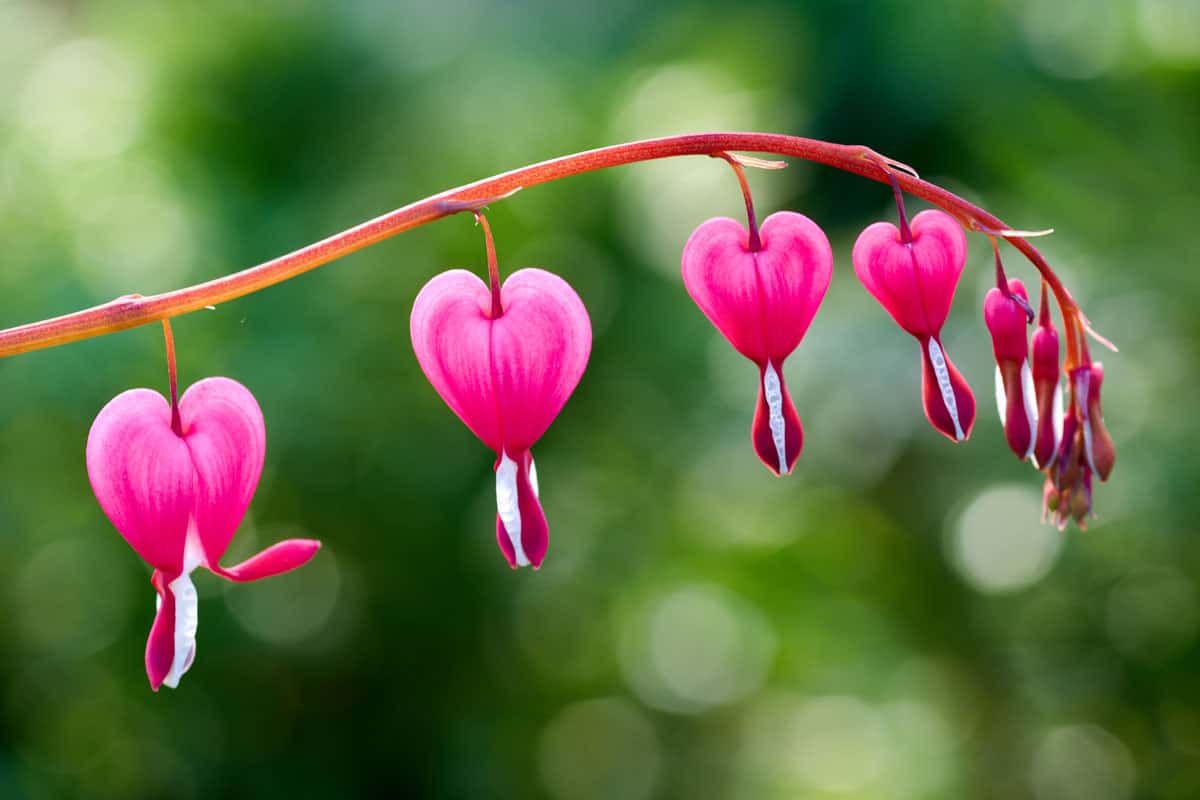
This attractive perennial, growing up to 3 feet (91.4 cm) tall, produces heart-shaped pink or white flowers in late spring.
It prefers partial shade and moist, well-drained soil.
12. Black-eyed Susan (Rudbeckia hirta)

This perennial plant, growing up to 3 feet (91.4 cm) tall, produces bright yellow flowers with a distinctive black center.
It thrives in full sun and well-drained soil.
13. Jacob's Ladder (Polemonium caeruleum)

This perennial, reaching up to 2 feet (61 cm) tall, features clusters of blue-violet flowers in late spring to early summer.
It prefers partial shade and moist, well-drained soil.
14. Wild Ginger (Asarum canadense)
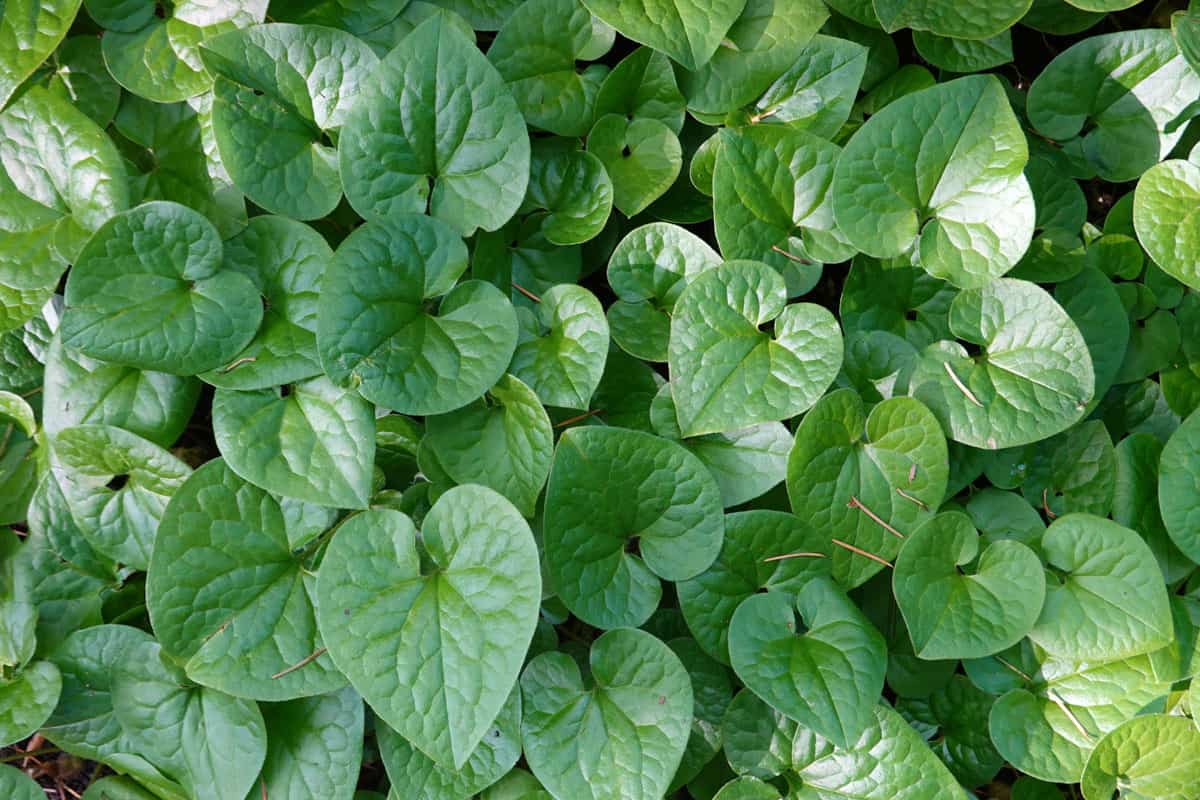
This low-growing perennial, growing up to 1 foot (30.5 cm) tall, thrives in shady areas.
Its heart-shaped leaves make it an attractive ground cover.
15. Virginia Bluebells (Mertensia virginica)
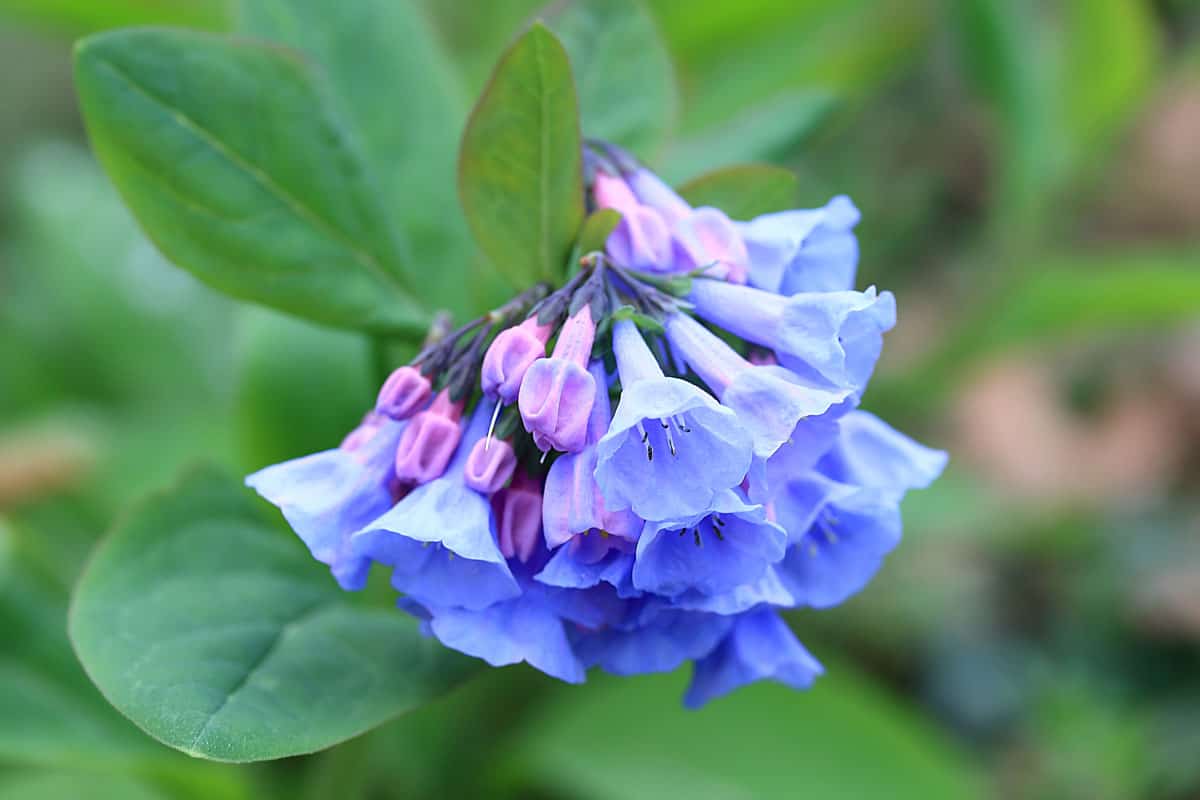
This woodland perennial, growing up to 2 feet (61 cm) tall, produces clusters of blue bell-shaped flowers in the spring.
It prefers partial shade and well-drained soil.
16. Forget-Me-Not (Myosotis sylvatica)

This biennial plant, growing up to 1 foot (30.5 cm) tall, produces clusters of small, blue flowers in the spring.
It thrives in partial shade and well-drained soil.
17. White Trillium (Trillium grandiflorum)

This perennial plant, reaching up to 1.5 feet (45.7 cm) tall, is known for its distinctive white, three-petal flowers that bloom in the spring.
It prefers shady locations and rich, well-drained soil.
For more information, you might find these articles useful:
How To Stop Hostas From Spreading?
21 Gorgeous Shade Perennials For Zone 3
Where To Buy Peony Plants Or Bulbs Online (Top 50 Stores)
Beautiful and Vibrant
While Zone 3b can be a challenging environment for plants due to its long, harsh winters and short growing season, this list proves that a beautiful and vibrant garden is possible even in colder climates.
By choosing these resilient species, you contribute to a biodiverse garden that provides a habitat for local fauna and adds color and beauty to your landscape.
Successful gardening in Zone 3b is about understanding your plants' needs.
Providing the right soil conditions, adequate water, and protection from the elements can help plants thrive.
Your garden can be a testament to resilience and adaptability, flourishing in the face of challenging climatic conditions.
Remember to enjoy the process and take pride in cultivating a garden that's not just surviving but truly thriving in Zone 3b.

